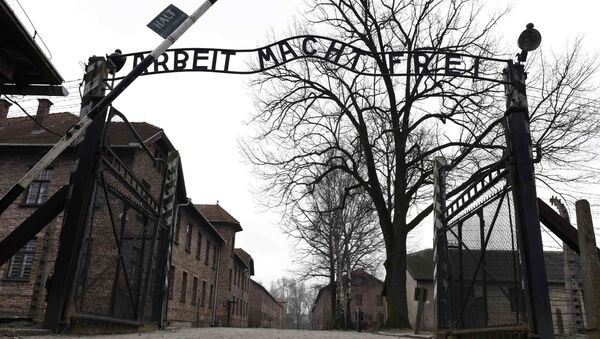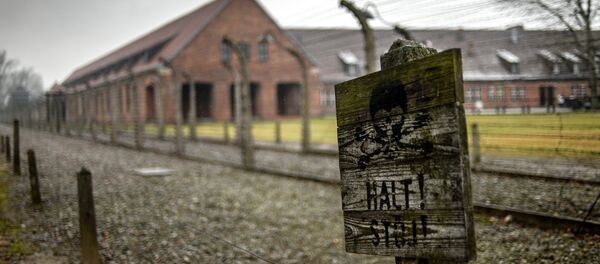Earlier, it was reported that Marek Olszewski, president of the national tourist organization in Poland, had removed the site of the former concentration camp from a list of places the group recommends that foreign journalists visit.
"As the head of the Polish Tourist Organization, who loves his country, I want to show its best side, through our monuments, culture, hospitality, wonderful music," Olszewski told the Polish newspaper Gazeta Wyborcza, as quoted by the Jerusalem Post.
"Auschwitz is not a tourist product but a place of martyrology, reverie and reflection, and we are promoting Poland as an attractive tourist destination… I do not need to expose places and events connected with the history of other nations," he added.
According to him, a similar move should be made in relation to the Museum of the History of Polish Jews in Warsaw.
We visit the Memorial to commemorate the victims. But Auschwitz is also a powerful universal warning of the power of human hatred. https://t.co/VXuAhjIk3T
— Auschwitz Memorial (@AuschwitzMuseum) 31 августа 2017 г.
Polish Tourism Minister Witold Banka slammed Olszewski's remarks as "scandalous", saying that Olszewski will be immediately fired.
Last Monday, thousands of people took part in the 29th annual March of the Living in the Polish town of Oswiecim, where the Auschwitz concentration camp was located during World War II.
The march marked the 75th anniversary of the beginning of the deportation of Jews to Auschwitz-Birkenau.
Auschwitz-Birkenau was the largest extermination camp during the Second World War and has become one of the main symbols of the Holocaust.
According to some estimates, 1.4 million people, 1.1 million of whom were Jewish, were killed in the camp between 1941 and 1945. The camp was freed on January 27, 1945 by the USSR's Red Army. In 1947, the site of the camp was transformed into a museum.



